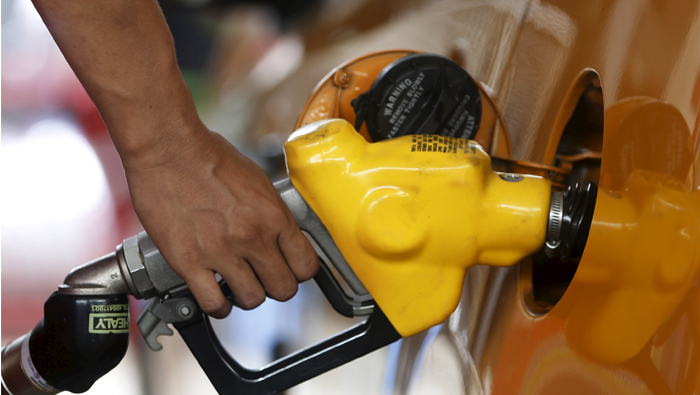
Muscat: Oman's regular petrol (M90) production increased 175 per cent in the first half of the current year to reach 3.28 million barrels compared to 1.19 million barrels for the same period last year.
However, super petrol (M95) output recorded a 21 per cent fall during the period, taking production to 8.95 million barrels as against previous year’s 11.38 million barrels, according to latest data issued by the National Centre for Statistics & Information (NCSI).
Domestic sales of M90 petrol went up 265 per cent to 2.82 million barrels during the period, as against 772,000 barrels last year, while M95 petrol declined by 21 per cent to 8.88 million barrels from previous year’s 11.20 million barrels.
Domestic sales of aviation fuel grew by 15 per cent to 2.17 million barrels, while diesel or gas oil fell by 8 per cent to 8.83 million barrels. LPG sales in the local market posted a 22 per cent rise to touch 1.08 million barrels during the period.
Also, this year, the Sultanate did not export any petrol in the first six months, even as its export of M90 petrol was 429,000 barrels for the same period of 2015. At the same time export of aviation fuel rose 27 per cent to 465,000 barrels compared with 365,000 barrels last year. LPG exports, however, fell 53 per cent to 481,000 barrels while export figures stood at 1.01 million barrels last year, during the first two quarters.
Export of benzene increased by 61 per cent to 108,000 tonnes, while that of paraxylene rose 41 per cent to 333,000 tonnes. Polypropylene exports fell drastically by 74 per cent to 19,000 tonnes.
During the first six months of the current year, diesel output fell by 2 per cent to 10.44 million barrels, while production of aviation fuel declined by 4 per cent to 2.31 million barrels. LPG production suffered a significant drop of 25 per cent at 1.28 million barrels.
Coming to petrochemicals, production of benzene increased by 73 per cent to 114,000 tonnes, even as paraxylene output surged ahead by 63 per cent to 350,000 tonnes. In contrast, polypropylene output fell by 54 per cent to 39,000 tonnes during the period.